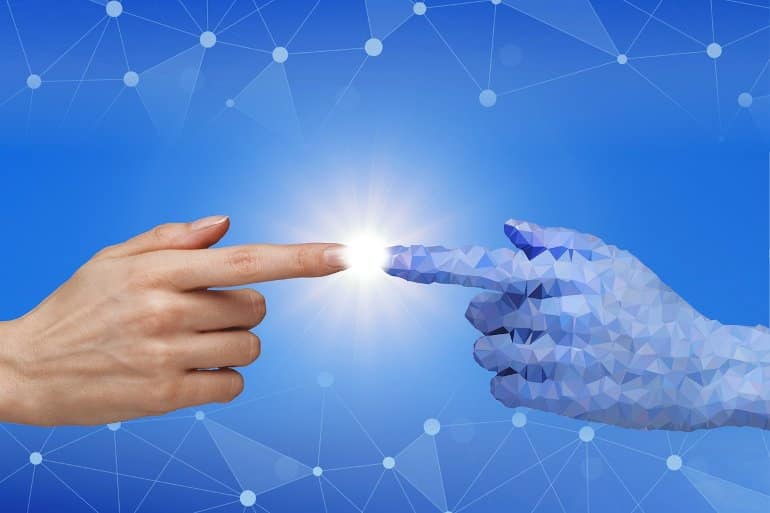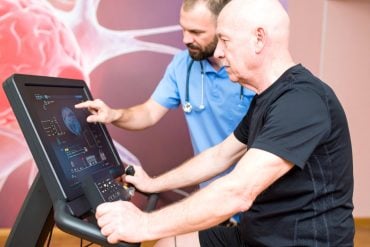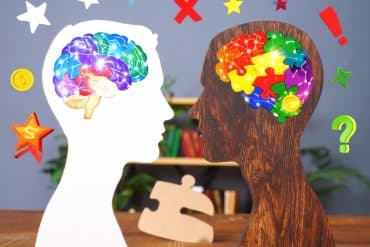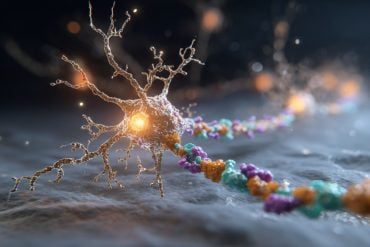Summary: Emotional recognition technology is rapidly growing into a multi-billion dollar industry. Researchers investigate the limitations of new AI technology, and some of the biases within the algorithms, when it comes to identifying human emotions efficiently.
Source: The Conversation
Imagine you are in a job interview. As you answer the recruiter’s questions, an artificial intelligence (AI) system scans your face, scoring you for nervousness, empathy and dependability. It may sound like science fiction, but these systems are increasingly used, often without people’s knowledge or consent.
Emotion recognition technology (ERT) is in fact a burgeoning multi-billion-dollar industry that aims to use AI to detect emotions from facial expressions. Yet the science behind emotion recognition systems is controversial: there are biases built into the systems.
Many companies use ERT to test customer reactions to their products, from cereal to video games. But it can also be used in situations with much higher stakes, such as in hiring, by airport security to flag faces as revealing deception or fear, in border control, in policing to identify “dangerous people” or in education to monitor students’ engagement with their homework.
Shaky scientific ground
Fortunately, facial recognition technology is receiving public attention. The award-winning film Coded Bias, recently released on Netflix, documents the discovery that many facial recognition technologies do not accurately detect darker-skinned faces. And the research team managing ImageNet, one of the largest and most important datasets used to train facial recognition, was recently forced to blur 1.5 million images in response to privacy concerns.
Revelations about algorithmic bias and discriminatory datasets in facial recognition technology have led large technology companies, including Microsoft, Amazon and IBM, to halt sales. And the technology faces legal challenges regarding its use in policing in the UK. In the EU, a coalition of more than 40 civil society organisations have called for a ban on facial recognition technology entirely.
Like other forms of facial recognition, ERT raises questions about bias, privacy and mass surveillance. But ERT raises another concern: the science of emotion behind it is controversial. Most ERT is based on the theory of “basic emotions” which holds that emotions are biologically hard-wired and expressed in the same way by people everywhere.
This is increasingly being challenged, however. Research in anthropology shows that emotions are expressed differently across cultures and societies. In 2019, the Association for Psychological Science conducted a review of the evidence, concluding that there is no scientific support for the common assumption that a person’s emotional state can be readily inferred from their facial movements. In short, ERT is built on shaky scientific ground.
Also, like other forms of facial recognition technology, ERT is encoded with racial bias. A study has shown that systems consistently read black people’s faces as angrier than white people’s faces, regardless of the person’s expression. Although the study of racial bias in ERT is small, racial bias in other forms of facial recognition is well-documented.
There are two ways that this technology can hurt people, says AI researcher Deborah Raji in an interview with MIT Technology Review: “One way is by not working: by virtue of having higher error rates for people of color, it puts them at greater risk. The second situation is when it does work — where you have the perfect facial recognition system, but it’s easily weaponized against communities to harass them.”
So even if facial recognition technology can be de-biased and accurate for all people, it still may not be fair or just. We see these disparate effects when facial recognition technology is used in policing and judicial systems that are already discriminatory and harmful to people of colour. Technologies can be dangerous when they don’t work as they should. And they can also be dangerous when they work perfectly in an imperfect world.

The challenges raised by facial recognition technologies – including ERT – do not have easy or clear answers. Solving the problems presented by ERT requires moving from AI ethics centred on abstract principles to AI ethics centred on practice and effects on people’s lives.
When it comes to ERT, we need to collectively examine the controversial science of emotion built into these systems and analyse their potential for racial bias. And we need to ask ourselves: even if ERT could be engineered to accurately read everyone’s inner feelings, do we want such intimate surveillance in our lives? These are questions that require everyone’s deliberation, input and action.
Citizen science project
ERT has the potential to affect the lives of millions of people, yet there has been little public deliberation about how – and if – it should be used. This is why we have developed a citizen science project.
On our interactive website (which works best on a laptop, not a phone) you can try out a private and secure ERT for yourself, to see how it scans your face and interprets your emotions. You can also play games comparing human versus AI skills in emotion recognition and learn about the controversial science of emotion behind ERT.
Most importantly, you can contribute your perspectives and ideas to generate new knowledge about the potential impacts of ERT. As the computer scientist and digital activist Joy Buolamwini says: “If you have a face, you have a place in the conversation.”
Funding:
Alexa Hagerty received funding from a Nesta Collective Intelligence grant for this research. She is a member of the Just AI network mentioned in the article and co-founder of Dovetail Labs, a public benefit research & design collaborative.
Alexandra Albert received funding from a Nesta Collective Intelligence grant for this research. She is a member of Dovetail Labs, a public benefit research & design collaborative She is also a member of the Extreme Citizen Science research group at University College London.
About this AI research news
Source: The Conversation
Contact: Alexandra Albert and Alexa Hagerty – The Conversation
Image: The image is in the public domain







